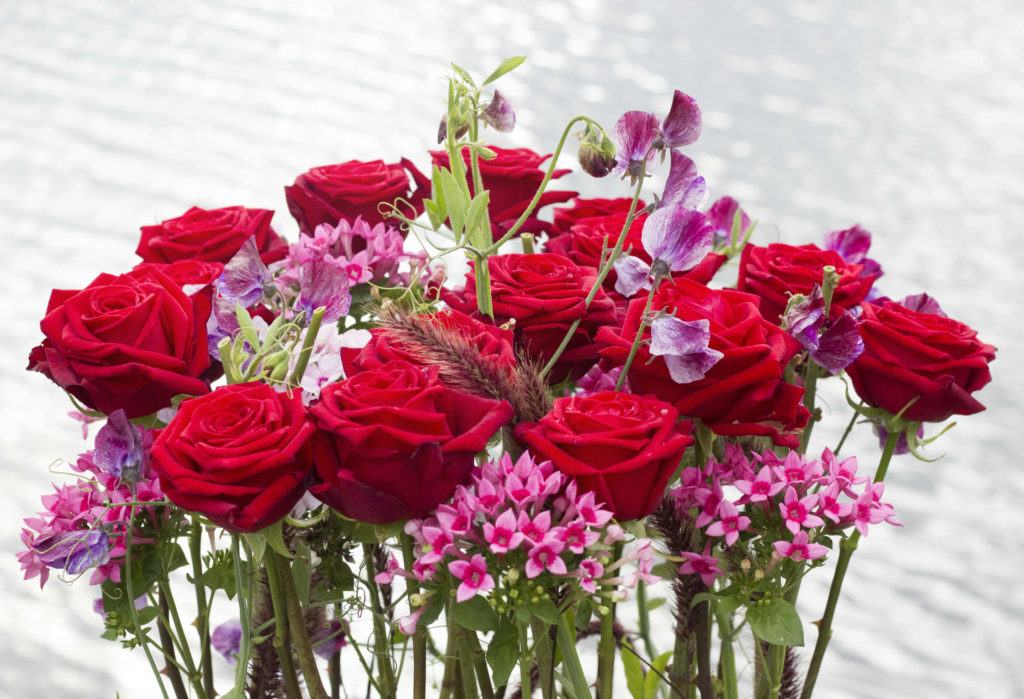
You might know her as one of the most celebrated floral-design teachers of present times. You might also know her for amazing floral works that are not only a blend of art and beauty, but also always succeed in evoking feelings of awe. But did you know that her love and passion for flowers and floristry manifested way back when she was still a young girl?
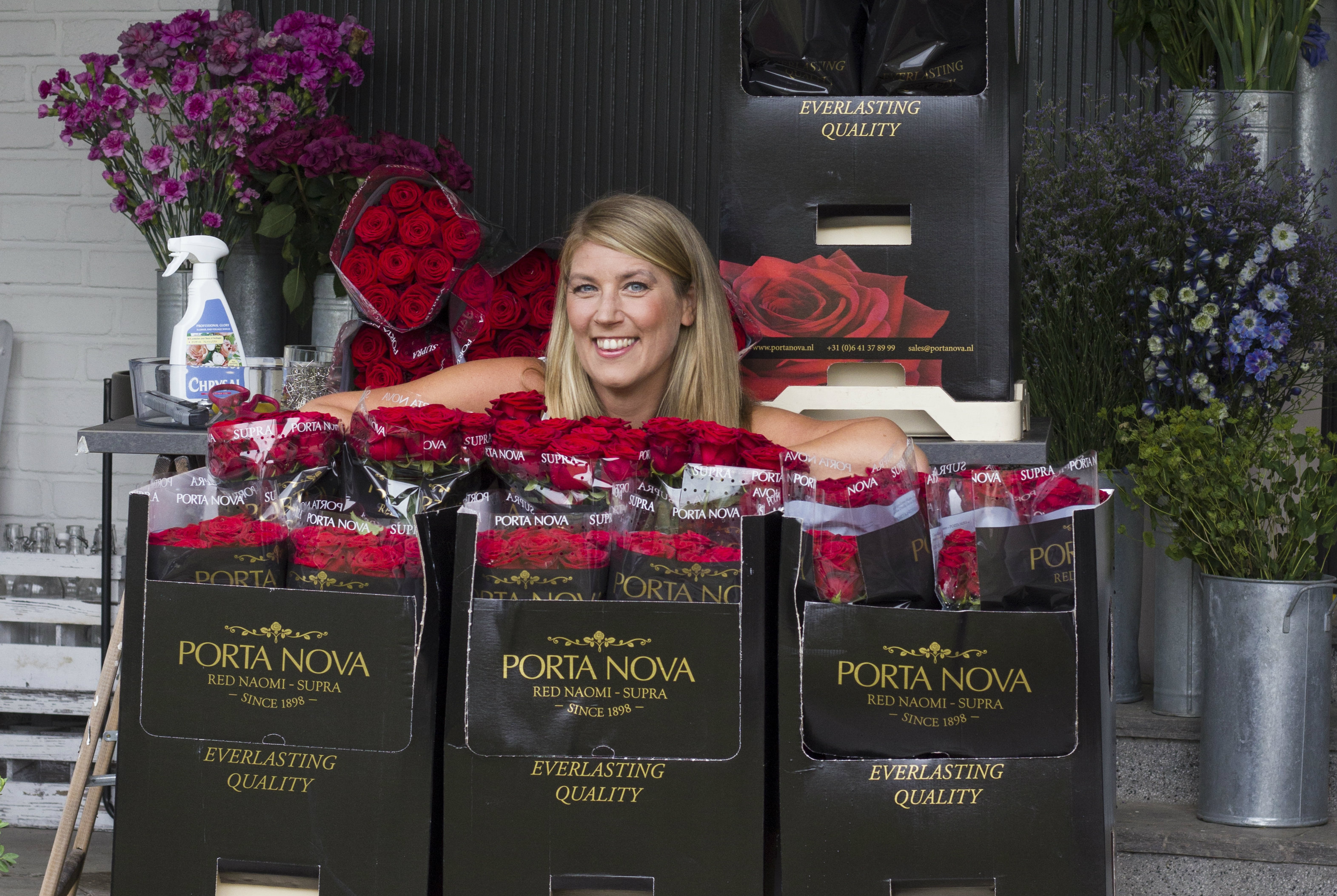
Floral Designer Sara-Lisa Ludvigsson Photo by Amanda Lennartsson
Sara-Lisa Ludvigsson shares a fascinating story of how her favorite outdoors activities as a child always centered around flowers; and how this helped her groom a passion that she’s held dear to date. She also takes us through the making of this amazing and elegant floral design where she uses Porta Nova Red Naomi roses.
Most of her inspiration rests in the enchanting offerings of Mother Nature. She is especially thrilled by nature’s captivating colors, shapes, linings, textures and expressions. But above all these, her main inspiration is people and their varying emotions. To meet other people and feel their energy, share their feelings and sometimes help them to express the feelings through flowers is what she says inspires her the most. “Using flowers to make people feel,” she says. Sara-Lisa is also inspired by fashion, art, music, architecture and interior design. Besides teaching she also gives demonstrations and holds seminars and workshops for other florists that want to get inspired and develop their craft.
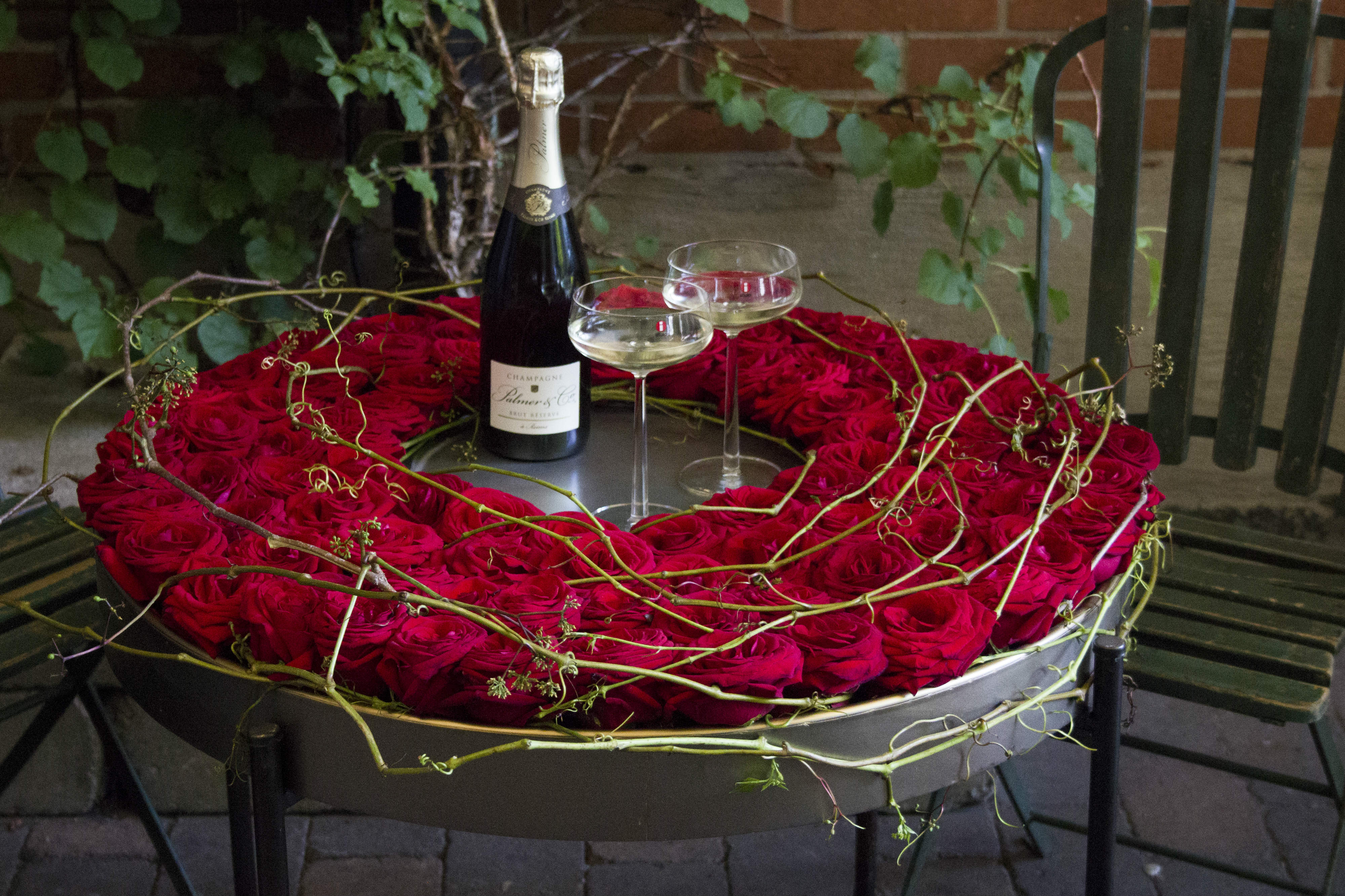
Design by Sara-Lisa Ludvigsson Photo: Amanda Lennartsson
What do you love most about being a teacher in floristry?
Teaching offers me the opportunity to “pay it forward”. The florist profession and the industry as a whole has enriched my life in so many ways. Through floristry I’ve had and continue to enjoy the possibility of doing something that I love. I get to work with flowers, create, travel and see the world, meet people among many other great things. If as a floral design teacher I can open a new door and inspire others to experience even half of what I have experienced in my career-journey, I will be quite pleased.
One other thing that I love about teaching, both in classes and during workshops, is to see the curiosity and engagement from the students. They are not stuck on old rules; they are dynamic and eager to often try new ways. I learn a great deal from them, to learn together is great! My students also keep me curious which makes it easy for me to remember why I fell in love with the profession in the first place. The spark in their eyes when they see flowers to work with always brings back the feeling, and makes me feel very privileged.
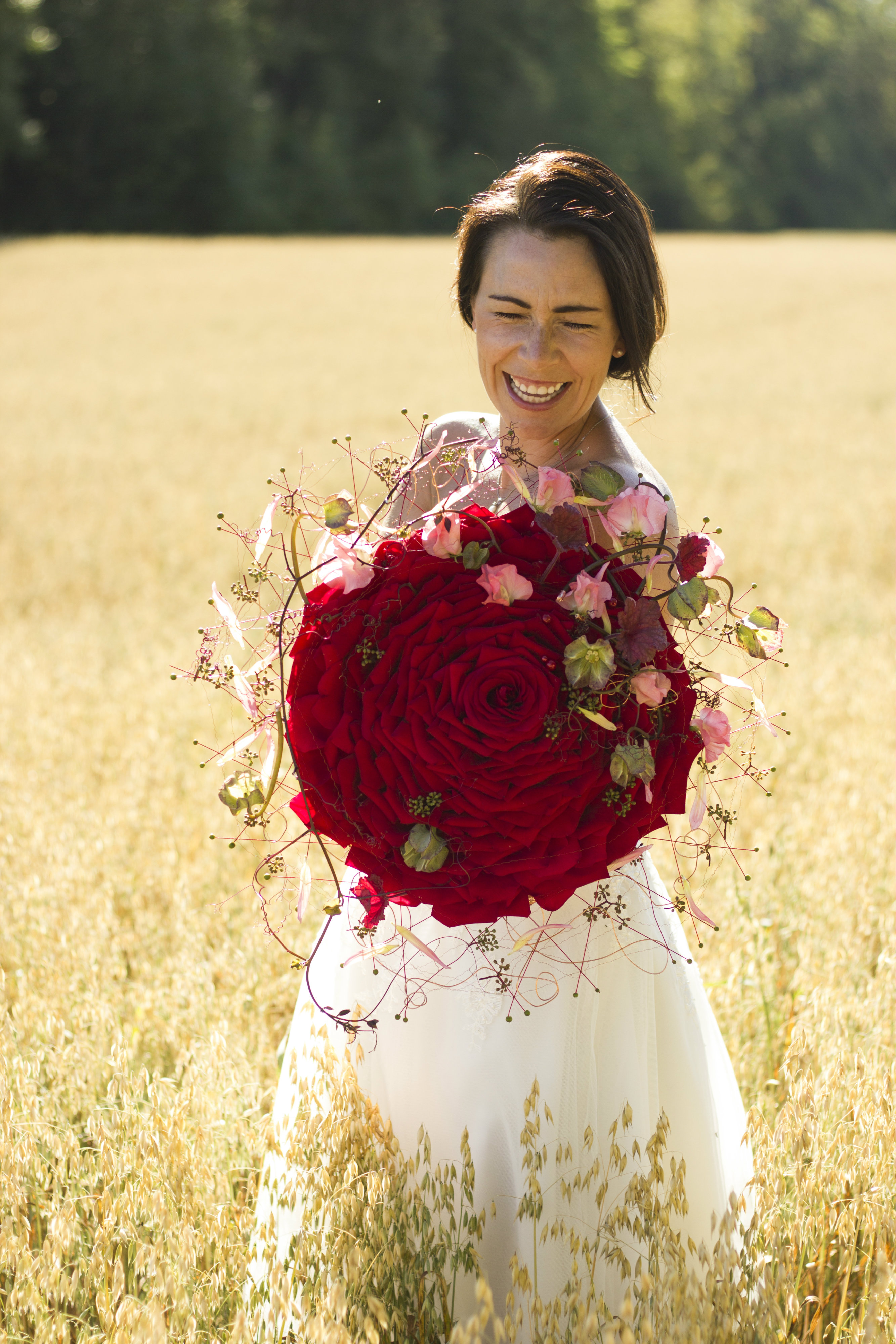
Porta Nova Bridal bouquet design by Sara-Lisa Ludvigsson – photo by Amanda Lennartsson
How can you describe your style?
This to me is one of the most challenging questions. Most of my work is predominantly composed of botanical material. I also use different materials such as wire, wool, plastic, yarn, fabrics, glass etc. By merging these in my arrangement it works as a compliment leaving the botanical expression to be dominant. I like to work with different structures and linings in my designs, sometimes the lining is dominant and sometimes it is as a contrast. My designs are often rich of flowers, foliage and branches of different kinds.
What do to you like most about Porta Nova Red Naomi roses?
I love the rich red colour and for me, it has the perfect shape of how a classic rose should look like. When I close my eyes and think of a red rose, this is the shape I picture in my head. As a florist, I prefer the best quality. Red Naomi is very long lasting; last time I used it the flower was excellent for three weeks. It is also a rose that is reliable in quality and always comes out from the wrapping in great condition, so no flowers are wasted due to transportation or similar strains. The flexibility is awesome, the flowers are easy to count and plan. When you place an order to the wholesaler, you don’t actually need to add extras if some of them are broken because that is not an issue. Last time I had 200 Porta Nova roses delivered and I was able to use every single one of them. Not a single flower head was broken or damaged, amazing!
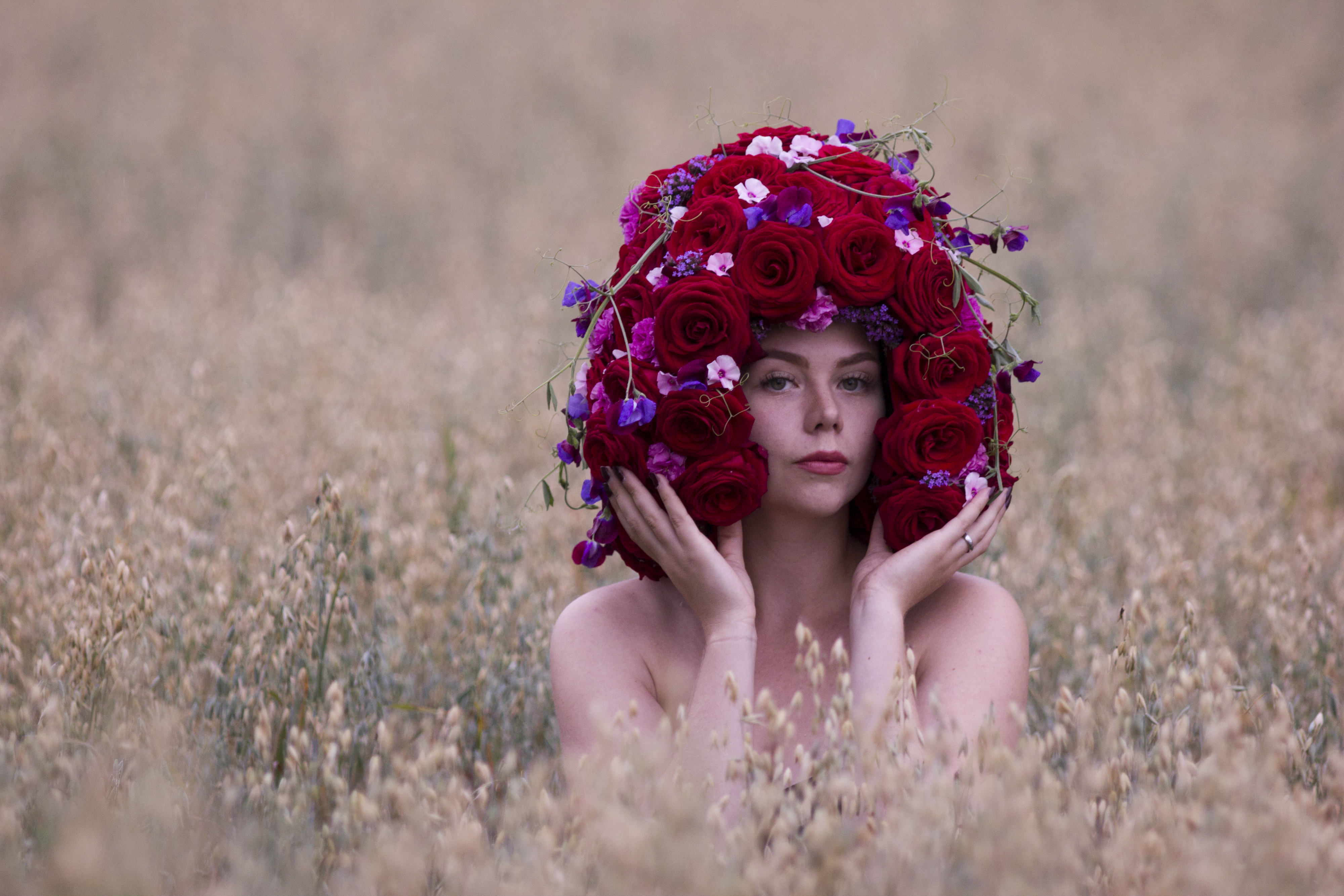
Design by Sara-Lisa Ludvigsson Photo by Caroline Jörgensdotter – Model Amanda Lennartsson
At what type of events do you mostly prefer using Porta Nova Red Naomi?
I think it is a suitable rose for every occasion, as long as it is in a colour scheme for the particular event. But if I want to add some luxury and glamour, then Porta Nova Red Naomi is perfect!
What is the general feedback from clients when you use Porta Nova roses commercially?
I will quote some of my clients…
“Is this rose real, it almost looks too perfect?” ( in a good way)
“Where can I buy them?”
“This looks amazing”
“I Have never seen roses like this before”
“I would rather buy 3 of those beautiful big roses than 10 less expensive ones”
“WOW”
“They are absolutely stunning!”
MAKING OF FLORAL ELEGANCE
Botanical material:
- Roses ”Red Naomi” from Porta Nova
- Bouvardia ” Royal Roza” from Verbeek Bouvardi
- Pennisetum “Rubra”
- Lathyrus
- Phlox
- Fallopia
Other Material:
- Glass container (straight edges)
- Rubber band
- Ribbon
- Bullion wire
- Flower food
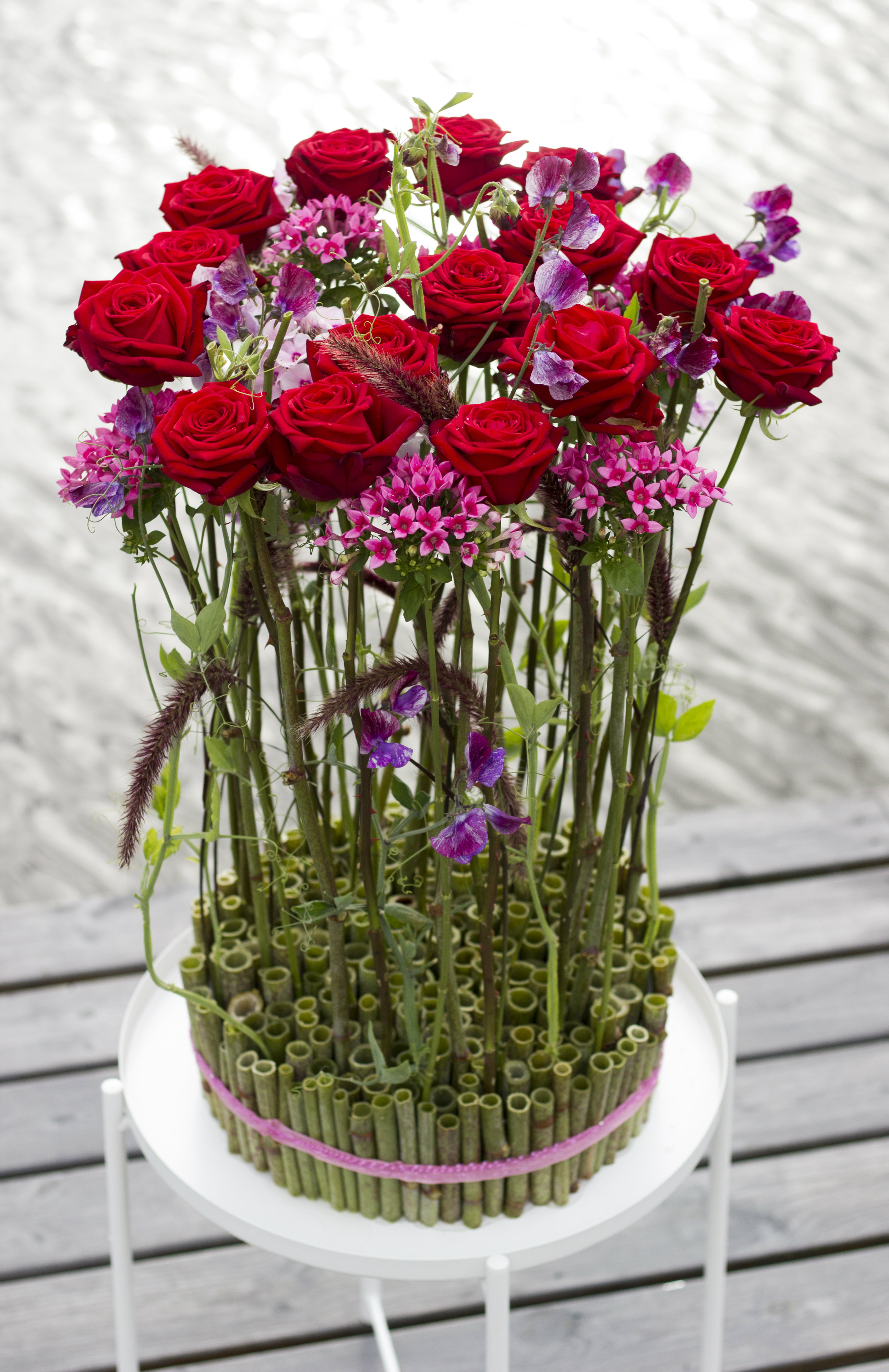
FLORAL ELEGANCE by Sara Lisa Ludvigsson Photo by Amanda Lennartsson
- Remove all the foliage from the Fallopia( also known as Polygonum) Cut it into smaller pieces, the length should be a little bit above the edge of the container.
- Fill the container with Fallopia, leave a little space for other stems.
- Put the rubber band around the container. (If you like to secure it more, use double sided tape as well). Stick Fallopia with the same length as before under the rubber band to hide the container. (If you prefer, you can skip this part to show the transparency in the container.)
- Hide the rubber band with a nice ribbon and the bullion wire. Start to stick longer Fallopia in proportions to the container, work symmetrical and all the way out to the edges in the container. Make shore that all the Fallopias are parallel in the direction to make a clear and elegant impression.
- Fill up the container with water containing flower food.
- Remove all the foliage from the flowers (except the Pennisetum), this will make the lining of the stems more clear and also make it easier for the flowers to keep fresh.
- Stick the Porta Nova roses into the base in the same length as the taller Fallopia, you can stick both between and inside the the hollow stems, if necessary, secure the stems with smaller pieces of Fallopia.
- Continue to fill up with Bouvardias and Phlox in parallel lining, and make sure you get a nice round shape. To soften the linings, stick Pennisetum in different lengths, but still parallel. The movement of the grass will break the linings but make sure it stays within the other shape.
- Place the long stems of the Lathyrus as a final touch, remove some of the foliage to show the nice playful movements of the stems, flowers and tendrils, they will be a nice contrast to the strict parallel line. When you are done with your designing, finish it by spraying with some kind of cover spray.
Deze basis is ook mooi als je een lager tafelstuk maakt. Gebruik hiervoor korte bloemen. Dit is ook een heel duurzame en milieuvriendelijke manier van werken.
This base is also nice to use when creating a lower table decoration where one can use short flowers instead. It is also a very sustainable and environmental friendly way to work.
Sara-Lisa, the Floral design teacher
“As a young girl, I loved picking flowers in the wild and in my parents’ garden. My sister and I grew a small garden where she planted vegetable seeds while I only planted flower seeds,” she reminisces.
At around 12 years of age, Sara-Lisa got her first hands-on experience in the world of floristry after a school program on practical work saw her walk into a local flowershop to be taken under their wings for a couple of days.
“That was the beginning of a lifelong love story between me and the floristry profession,” she says.
To hone her skills further, she studied floral design while in Upper Secondary School while working weekends and holidays at a flower-shop in Stockholm and also in Karlstad before moving back home.
“An opportunity to teach at a nearby school presented itself. The school’s floristry education was in bad shape, and together with my boss and colleagues in the shop, we decided to take it upon ourselves to guide them in the right direction. We did an application for the job together and decided to put my name on it. Unexpectedly I was actually called for the job. For over fifteen years I have taught in various schools and now I work as a Freelance educator in floral design.”
She has always seen the importance to teach not only traditional but also contemporary styles; because the youth are the future and as a teacher it is very vital to be in touch with what is trendy. She also points out the importance of a florist to network and get involved at different scenes and events that bring peers together, such as exhibitions, competitions, seminars and workshops.
“I have always travelled a lot in my profession, both with and without students and have attended many European union programs with my school, to develop floral design certifications both on a national level and continental level, to make a quality insurance for floristry educations and also competitions with my students. I have also being involved in Euroskills as an Expert for the Swedish team.”
